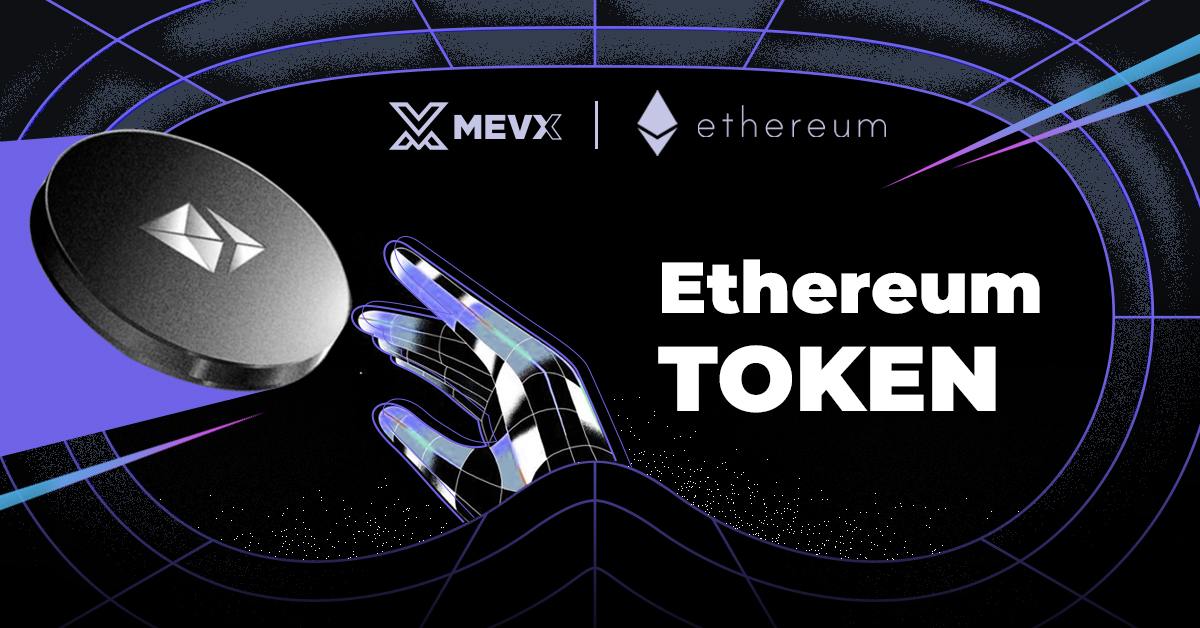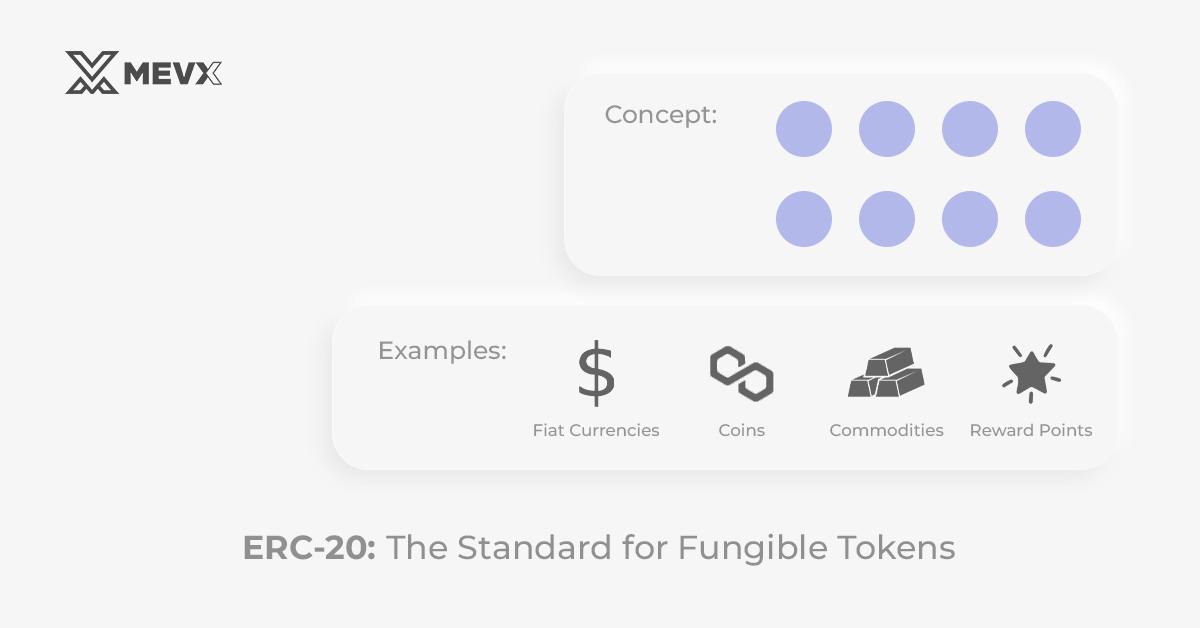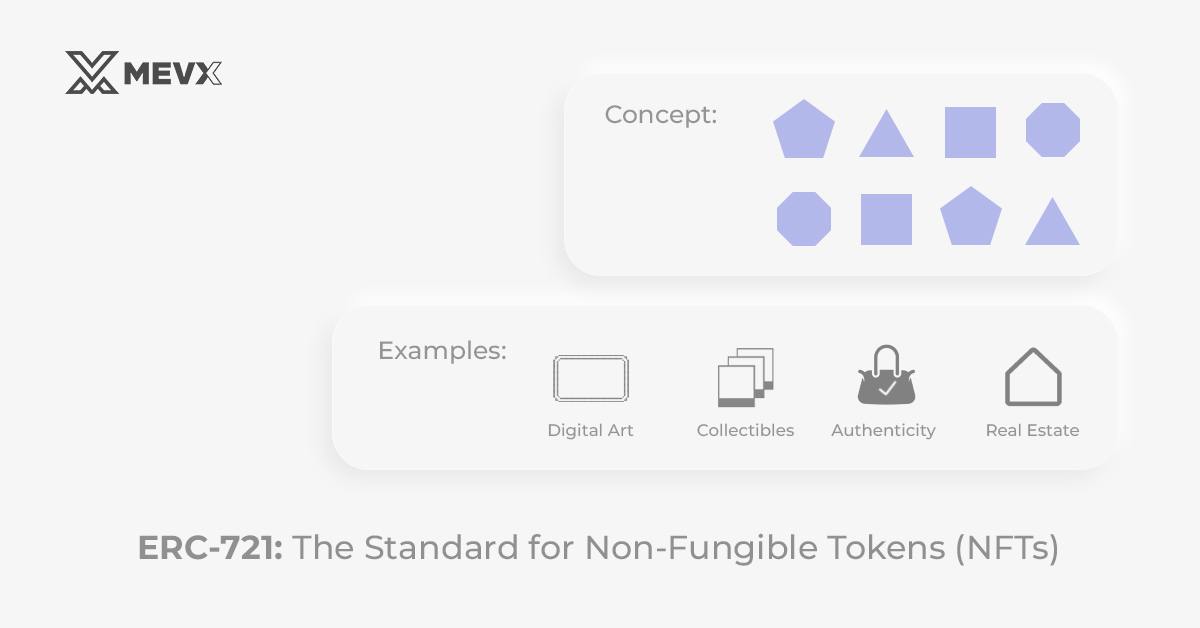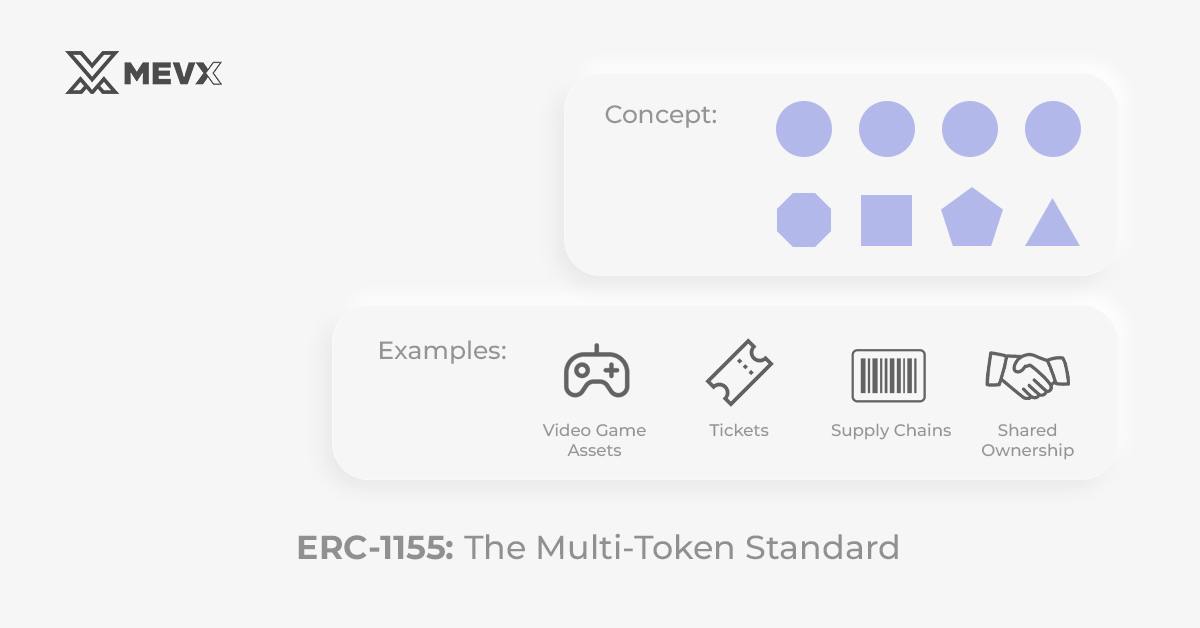Ethereum is considered one of the most powerful platforms for decentralized applications (dApps) and digital assets. Developed under the hood of this platform are various token standards that allow developers to create and deploy a wide variety of diverse sets of assets meant for different purposes. The most widely used Ethereum token standards include ERC-20, ERC-721, and ERC-1155. Some serve a different purpose altogether in the Ethereum ecosystem, from fungible tokens(NFTs) and non-fungible tokens to multi-function assets.
The article will explore these token standards, explaining the functionality, features, and cases. Knowledge of the standard can be important for a blockchain developer looking to create a token or for an investor who wants to dive deeper into Ethereum’s many different assets.

Ethereum Tokens
ERC-20: The Standard for Fungible Tokens
ERC-20 is the original standard and most adopted token on Ethereum. It is designed to support fungible tokens, each of which has the same value and is indistinguishable from other tokens of its type. ERC-20 Tokens are usually utilized as currencies, utility tokens, and governance tokens inside decentralized applications.

ERC-20 Tokens
Key Features of ERC-20 Tokens
- Interchangeability: ERC-20 tokens are fungible, meaning each token is identical in value and function.
- Wide Compatibility: These tokens are compatible with Ethereum wallets, exchanges, and applications, which increases their utility and liquidity.
- Customizable Features: Developers can introduce transfer fees, reward systems, or burning mechanisms.
Core Functions and Rules of ERC-20
ERC-20 defines a few functions and a set of rules that the token needs to implement to be “ERC-20-compliant”. That allows interoperability within the Ethereum ecosystem. These are:
- totalSupply: Determines the total number of tokens in existence.
- balanceOf: Returns the token balance of a specific Ethereum address.
- transfer: Allows tokens to be transferred from one user to another.
- approve and transferFrom: Enable a user to approve another account to transfer tokens on their behalf.
- allowance: Specifies the number of tokens a spender is allowed to transfer from a holder’s balance.
ERC-20 Use Cases
ERC-20 tokens are ideal for financial use cases and lay the bedrock for Decentralized Finance (DeFi). The most popular use cases include:
- Governance tokens like UNI (Uniswap), allow holders to vote on changes made to the base protocols.
- Stablecoins such as USDT and DAI, maintain a stable value for trading or saving.
- Utility tokens for platform-specific services, like Chainlink’s LINK, which powers Oracle services.
ERC-721: The Standard for Non-Fungible Tokens (NFTs)
The ERC-721 standard supports non-fungible tokens (NFTs), which are unique digital assets. Unlike ERC-20 tokens, ERC-721 tokens represent unique items, making them ideal for digital collectibles, artwork, and ownership certificates.

ERC-721 Tokens
Key Features of ERC-721
- Uniqueness: Each ERC-721 token is different from all others in its contract. It is usually described by metadata, defining where it is unique.
- Indivisibility: Obviously, one can’t divide ERC-721 tokens, and owners can only deal with them as a whole.
- Ownership Tracking: ERC-721 allows for the checking and verifying ownership of each unique asset.
Core Functions of ERC-721
In addition to what ERC-20 allows for, ERC-721 tokens provide the following functionality specific to NFTs:
- ownerOf: Tracks the owner of a specific token.
- approve: Allows transfer approval for specific tokens rather than a generic balance.
- transferFrom: Allow transferring a specific token to another address.
Use Cases for ERC-721 Use Cases
The use of ERC-721 tokens has become synonymous with NFTs across a wide variety of industries:
- Digital Art: OpenSea and similar platforms have opened for artists to create, and sell their digital work as NFTs.
- Gaming: Games like CryptoKitties used ERC-721 for creating unique and collectible in-game assets.
- Virtual Real Estate: Decentraland and similar projects use ERC-721 tokens to represent ownership of virtual parcels of land.
ERC-1155: The Multi-Token Standard
ERC-1155 was introduced in 2018 to bring a standardized, multi-purpose, and efficient standard to support both fungible and non-fungible tokens within a single smart contract. This functionality brings tremendous value to complex ecosystems such as video games that require coexistence from unique to interchangeable assets.

ERC-1155 Tokens
Key Features of ERC-1155
- Multi-Asset Representation: ERC-1155 can enable one contract to deploy multiple token types, including fungible tokens, non-fungible tokens, and even semi-fungible tokens.
- Batch Transfers: This standard allows batch transfers, reducing transaction costs and being efficient for high-frequency token transfers.
- Network Efficiency: ERC-1155 reduces congestion and gas fees on the Ethereum network by composing multiple token types into a single contract.
Core Functions of ERC-1155
ERC-1155 introduces several unique functions:
- balanceOf and balanceOfBatch: Retrieve the balance of multiple tokens at once.
- safeTransferFrom: Allows secure token transfer to prevent accidental token loss.
- safeBatchTransferFrom: Facilitates the transfer of multiple tokens in a single transaction.
Use Cases for ERC-1155
ERC-1155’s flexibility makes it ideal for various industries, especially those requiring complex asset management:
- Gaming: Projects like Enjin and Gods Unchained use ERC-1155 to represent in-game items that can be traded or owned.
- Loyalty Programs: Multi-asset loyalty programs can benefit from ERC-1155’s ability to manage different reward tiers within a single contract.
- Digital Art: ERC-1155 is used for creating editions of artwork, where a limited number of copies are made available.
Creating Your Own Ethereum Token
Creating an Ethereum token demands knowledge of Solidity, the programming language for Ethereum. Here’s the basic step guide on how it works:
1. Set Up a Development Environment
Starting by coding first on a testnet and then moving on to deploying onto the Ethereum mainnet with tools like Remix (an online Solidity IDE), or Truffle (a development framework).
2. Code the Smart Contract
Apply the ERC-20, ERC-721, or ERC-1155 standard for the type of token desired. Each of these standards has pre-defined templates available; making the process quite easy and with minimal errors.
3. Deploy the Contract
After coding and testing, deploy your smart contract to the Ethereum mainnet. Here, one needs to incur some transaction costs such as gas fees, so budgeting should be done.
4. Verification and Security Testing
Audit the contract for security vulnerabilities after deployment. Security is crucial because smart contracts are immutable; any bugs in a smart contract cannot be modified after deployment.
Conclusion
Ethereum’s ERC-20, ERC-721, and ERC-1155 let creators launch a raft of digital assets, from financial instruments to entertainment to social uses. ERC-20 remains the bedrock for fungible tokens and DeFi, while ERC-721 enabled unique digital ownership through NFTs. ERC-1155 brings a whole new level of flexibility in having multiple asset types coexist efficiently.
These standards have molded Ethereum into an inclusive hotbed of innovation where users and developers alike were given tools to investigate and redefine asset ownership, management, and transfer. As Ethereum is still growing, these token standards will most probably turn out to be crucial in infrastructure and create even more varied uses within the space of blockchain.
Share on Social Media:
